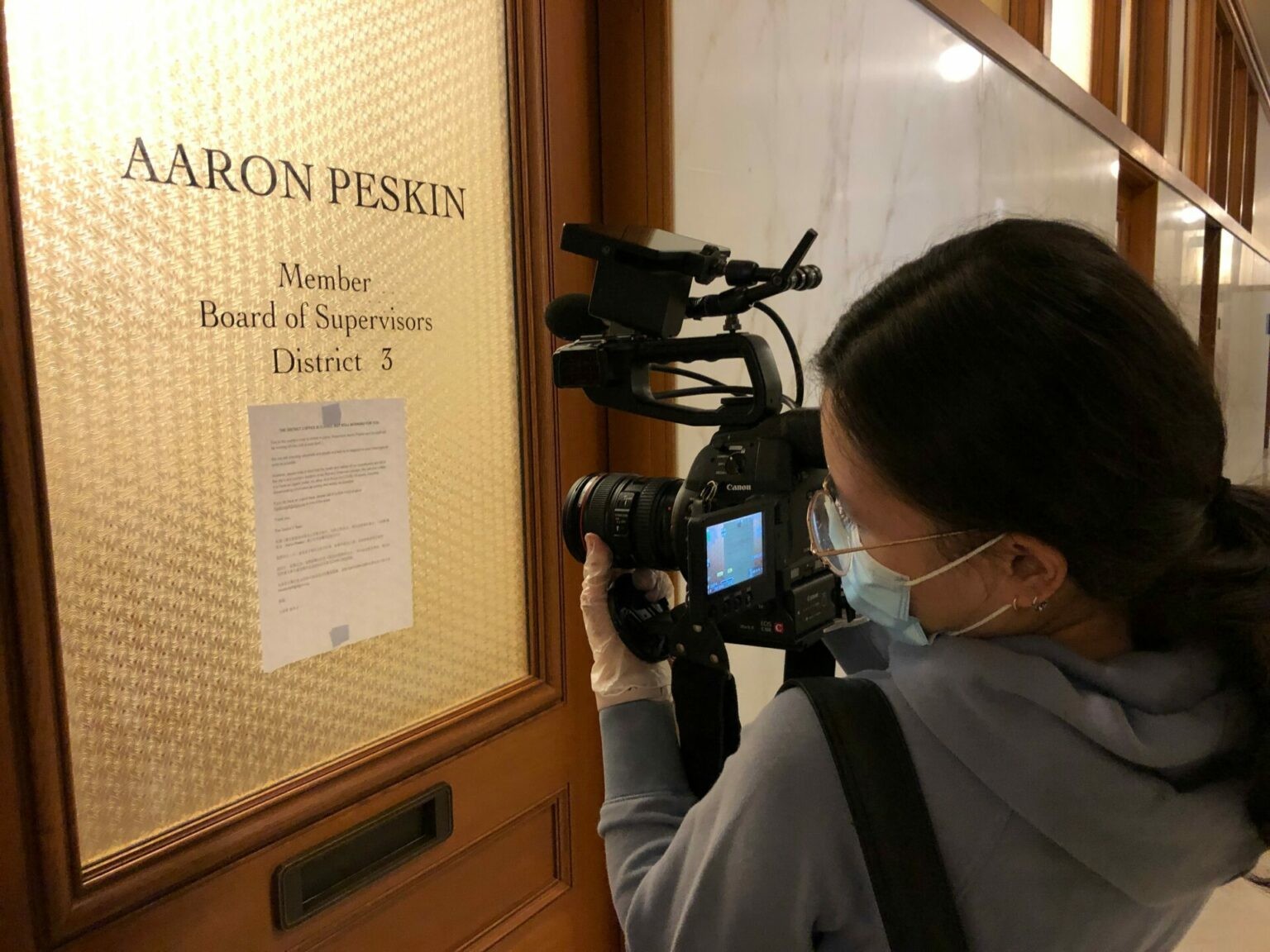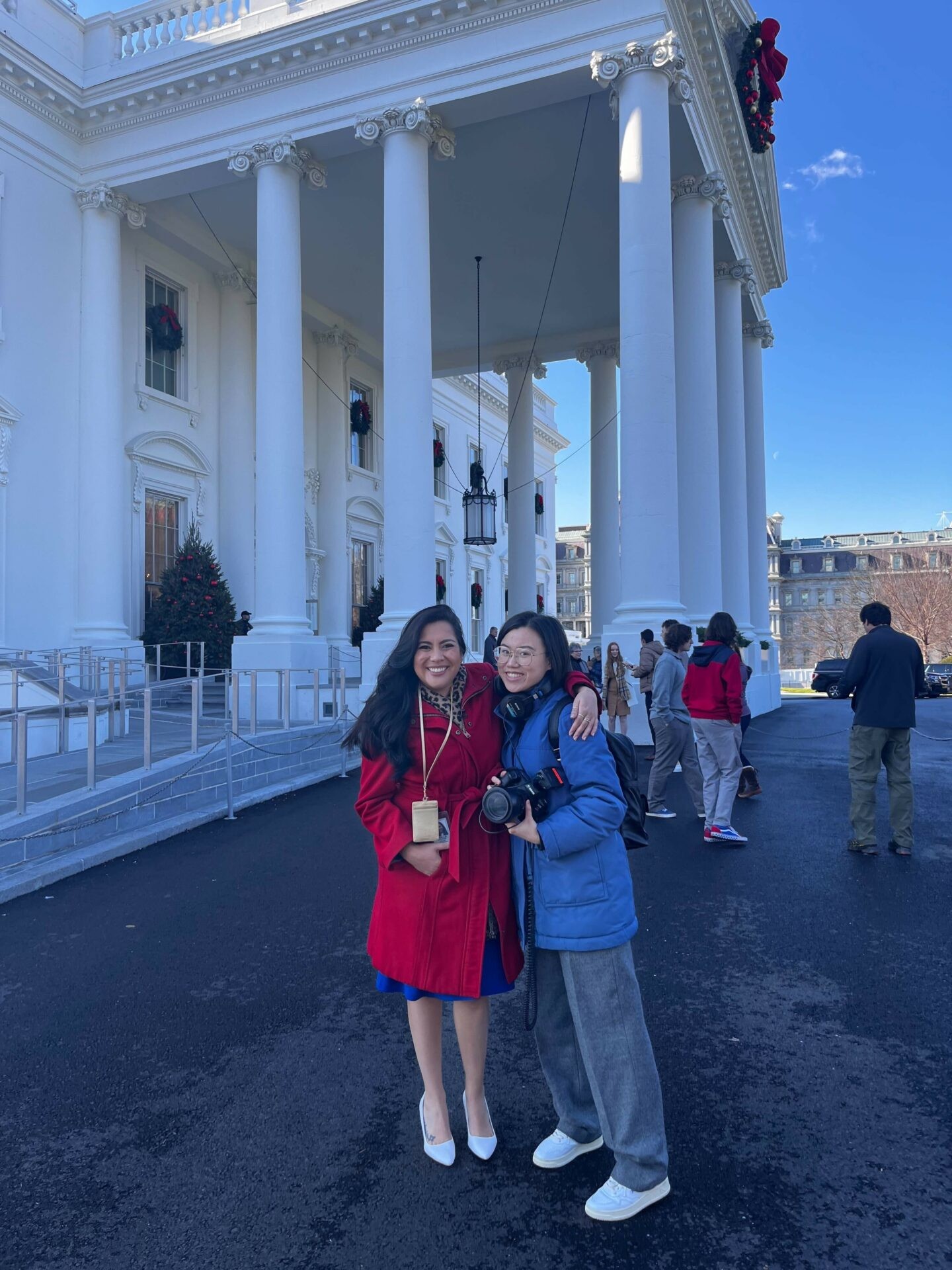We recently connected with Meiying Wu and have shared our conversation below.
Meiying, appreciate you joining us today. What’s been the most meaningful project you’ve worked on?
When I walked in San Francisco’s Chinatown in January 2020, I noticed tourism significantly dropped: Many assumed the virus had already arrived in the neighborhood due to its residents’ travel to China during the new year season. While in fact, San Francisco’s Chinatown did not have a single case until months later, and it still had fewer than 20 cases when my colleague and I reported on its early actions in June 2020.
I co-produced and shot a video for the PBS NewsHour and co-wrote the text version for The New York Times to explain how the community kept the virus at bay using my linguistic skills and cultural understanding of the community. This experience taught me how to use different multimedia elements to tell a compelling story on different platforms. The project was quoted by the Washington Post and had an impact on fighting misinformation at the time, and I find that very meaningful.

Great, appreciate you sharing that with us. Before we ask you to share more of your insights, can you take a moment to introduce yourself and how you got to where you are today to our readers.
I’m a multimedia journalist who aims to amplify marginalized voices and produce stories about communities often hidden from the mainstream news narrative. I speak Mandarin, Cantonese, Hokkien and English. I’m a freelance multimedia journalist, and I most recently worked as a video producer at POLITICO, where I created the POLITICO Show on Snapchat and made visual content for a variety of social platforms. My work has been recognized by the National Headliner Award, Webby Award, SOPA and the Emmy Award.

For you, what’s the most rewarding aspect of being a creative?
I found that after publishing my work, the end product begins its own journey living in the digital world, and that’s the most rewarding. It’s like nurturing a baby until it’s mature enough to live its own life: I research, produce, film, record and edit my stories, and after publishing, the audiences form different views about them. They leave comments on YouTube, Instagram, Twitter or on the news sites; they even debate about the work. I sometimes go back to projects I took part in from years ago and read through the comments, some stories resurface and become relevant again after time, and it’s like visiting an old friend from high school: You shared part of your journey together, then go out to the world and experience different lives, but you meet again and share what the separated journeys brought to you, and I think that’s the most rewarding part for me as a creator.

Learning and unlearning are both critical parts of growth – can you share a story of a time when you had to unlearn a lesson?
I learned from school that a sufficient photo story would need a variety of shots including wide, medium, tight and extreme details. And that’s what I did with most of the photo assignments I had the privilege to work on in my early years. But then I got stuck, my creativity drained. I felt formula-following. So I pushed myself to break that rule I learned at school: I focused extensively on wide shots. I find myself balancing the foreground and background, cleaning up what’s in my frame, and capturing the decisive moments with a lot more going on in my viewfinder. That’s currently the visual style I lean on and enjoy shooting.

Contact Info:
- Website: https://meiyingwuphoto.com/
- Instagram: https://www.instagram.com/meiying_5/
- Facebook: https://www.facebook.com/meiyingwuphoto/
- Linkedin: https://www.linkedin.com/in/meiying-wu-820019142/
- Twitter: https://twitter.com/meiying_5


